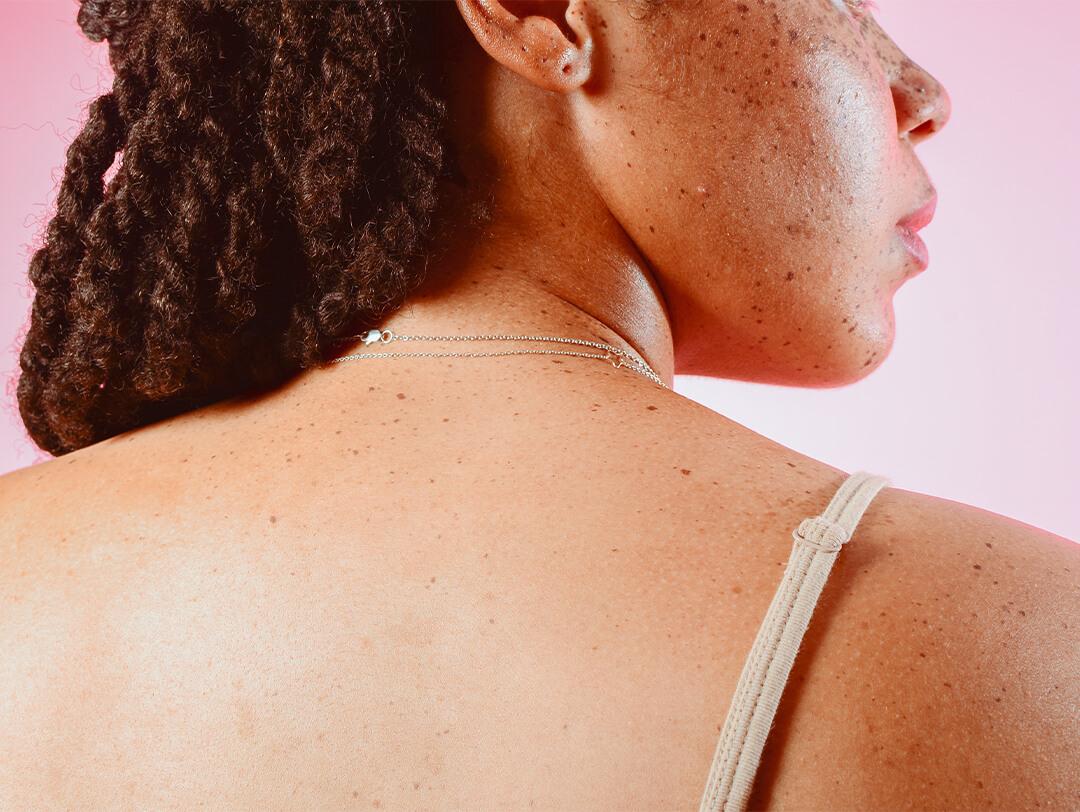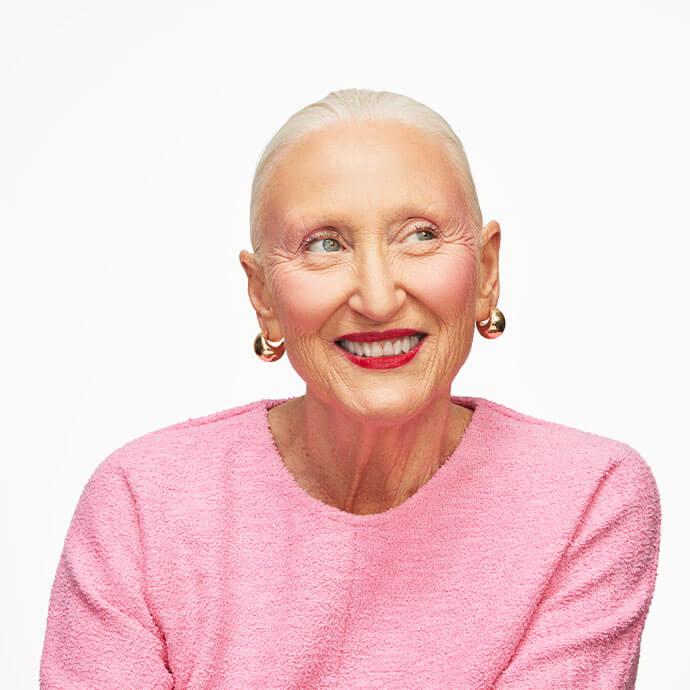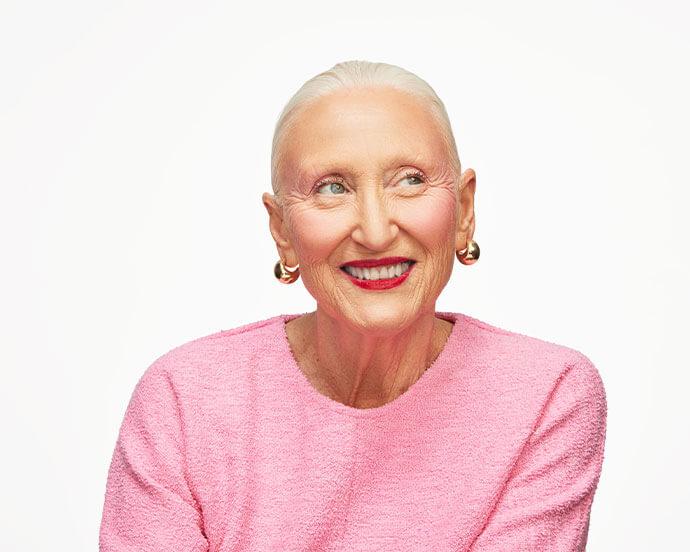How to Finally Banish Your Back Acne for Good



Stephanie Montes


Temperatures are rising, and we can't wait to shed some layers and embrace our warm-weather wardrobe. But first, for those of us who suffer from back acne (also known as bacne) or acne scars, the idea of bearing our backs and shoulders can be anxiety-inducing. Nada Ward, the founder of Beauty Kin, says, "despite being extremely common, back acne can cause distress and embarrassment, causing sufferers to want to hide their bodies under layers of clothes, which can worsen the condition." The good news is that with the proper knowledge, you can learn how to effectively get rid of back acne while also preventing future blemishes from forming—and thus, stop worrying about covering it up. Ahead, everything you need to know about this type of body acne, according to the pros.
First, check out our tutorial for treating acne with an at-home facial:


It's about glam time you treated yourself.
MEET THE EXPERT
Jessie Cheung, MD, is a board-certified dermatologist and partner at Cheung Aesthetics and Wellness in Chicago.
Nada Ward is the founder of Beauty Kin, a line of vegan, cruelty-free body soaps.
Kavita Mariwalla, MD, is a board-certified dermatologist with a degree from Yale School of Medicine.
Jennifer Herrmann, MD, is a double board-certified dermatologist and dermatologic surgeon practicing in Beverly Hills, CA.
What Causes Back Acne?
As it turns out, back acne isn't much different from the breakouts you experience on your face. "As with facial spots, there are various explanations for why one may be suffering from bacne, from oily skin due to genetics, medication, and more," explains Ward. Additionally, board-certified dermatologist Dr. Mariwalla says, "just like the face, body acne can be caused by hormonal changes."
Essentially, some people are more predisposed to it than others, but when it comes to body acne specifically (we're talking chest acne, butt acne, back acne, etc.), there are a few additional culprits that may cause additional flare-ups.
Sweat: The back is naturally a sweaty place—it just is—and with that comes breakouts. "Acne lesions thrive in moist, sweaty places," explains Ward, "so if you regularly use a backpack or wear lots of layers and overheat, this could contribute to a bacne issue." And unlike your face, you can't upkeep with mid-day cleansing. Dr. Mariwalla says, "bacne is harder to treat because it hides under clothing and is often subject to sweat that is not immediately washed off like on the face."
Clothing: Tight-fitting clothing can hold in sweat and bacteria that can irritate the skin if the material is not moisture-wicking. Dr. Cheung adds that it's not just clothing that can worsen back acne, accessories can play a role too. "Friction can cause acne mechanica, so avoid backpacks and straps," she says.
Stress: When we're stressed, the body encourages the production of androgens, a group of hormones that can stimulate oil production. And too much sebum (the skin's natural oil) can end up clogging pores and causing breakouts.
Body Hair: The body naturally boasts more and thicker hair than the peach fuzz on your face. Dr. Herrmann says, "back acne may be triggered by bacteria living around the hair follicle, and it also may be triggered by hormones that increase oil production in hair follicles."
How to Treat Back Acne
Now that you know what may be triggering your back acne, it's time to talk about some of the best acne treatments. Here are a few lifestyle and skincare tips to keep in mind.
1. Use a body wash made for acne.
The first step? Swap the standard bar soap you use in the shower and take a more targeted approach with a cleanser specifically created for acne-prone skin. Dr. Cheung explains that these specialized body washes "treat bacne by decreasing the oil and bacteria on the skin and unclogging the pores." If you aren't sure where to start, check out a few of the best body washes for acne here (we've also highlighted one of our favorite formulas below).
2. Shower immediately after sweating.
Dr. Mariwalla says, "back acne is prevalent in those who exercise and play sports." She points out, "you would be surprised how much time elapses between working out and actually getting in the shower." To ensure you don't create a breeding ground for bacteria on your back, Dr. Cheung recommends "jumping in the shower as soon as you can after a sweat-sesh" to wash away any dried sweat and bacteria before they get the chance to clog your pores.
Swapping your workout clothes can also help. "Avoid non-breathable fabrics, since bacteria thrive in moisture," says Dr. Cheung.
3. Wear your hair up whenever possible.
If you often wear your hair down to conceal bacne, it might be the reason you can't seem to break the cycle. Ward tells us, "hair can become very oily, and having it touching your bare back could lead to blemishes." She recommends tying it up or cutting it for a blemish-free back. An easy updo is a perfect solution for sporting tops where your hair would directly contact your skin.
4. Salicylic acid is a perfect place to start
Salicylic acid, a powerful beta-hydroxy acid, is an acne-fighting superhero. This key blemish-banishing ingredient goes below the surface of the skin to loosen pore-clogging dirt, bacteria, and dead skin cells that contribute to breakouts and clog oil glands. It even clears away blackheads and whiteheads.
"Exfoliants with salicylic acid will get deep into the pores and clear blockages," says Dr. Cheung. This powerful exfoliator also contains anti-inflammatory properties, which can be seriously soothing if you suffer from cystic acne. With continued use on a regular basis, you may also find that salicylic acid can prevent breakouts before they even start. Ward also adds, "salicylic acid cleansers work well for scarring and hyperpigmentation often associated with back acne."
5. Break out the benzoyl peroxide.
Dr. Herrmann tells us, "an over-the-counter cleanser containing benzoyl peroxide is often effective at reducing implicated bacteria." Many cleansers and over-the-counter skincare products created specifically for body acne also include benzoyl peroxide. "Benzoyl peroxide kills bacteria and decreases inflammation," says Dr. Cheung.
Need a bit of help to understand when to use salicylic acid vs. benzoyl peroxide? Here's a handy guide.
6. Be mindful about how you exfoliate.
Exfoliating the skin is key to keeping acne at bay, but there are a couple of different ways to go about it: You can use a mechanical exfoliant like a body scrub to physically slough away pore-clogging dead skin cells or you can use a product made with a chemical exfoliator like lactic acid, glycolic acid, or salicylic acid. Chemical exfoliants also remove dead skin cells and buildup, but they work more gently by dissolving them without any abrasiveness.
If you're currently dealing with an active body breakout, a chemical exfoliant will likely be a safer option. Dr. Cheung explains that when you use mechanical exfoliation on inflamed blemishes, "you may scrub too hard and create scars." Instead, try using physical exfoliants like body scrubs when the skin is clear to prevent blemishes and a chemical exfoliant to help treat current ones. However, Dr. Herrmann warns to "avoid leaving loofahs or other scrubbers in the shower as these can grow bacteria themselves and exacerbate the problem."
7. Try out tea tree oil or witch hazel.
A lot of acne treatments that specifically target body acne contain a combination of two key natural ingredients: tea tree oil and witch hazel. Tea tree oil's benefits include being "antibacterial and an anti-inflammatory," says Dr. Cheung. Like tea tree oil, there are many witch hazel benefits—especially for those with oily, acne-prone skin. On the top of that list includes its ability to work as an all-natural astringent to control sebum production.
8. Use non-comedogenic sunscreen.
Those with acne-prone skin are often caught in a dilemma regarding sunscreen: It’s crucial for protecting the skin from sun damage, but certain formulas can also cause breakouts.
While it's true that some formulas may cause flare-ups for acne-prone skin types, there are plenty of sunscreens that won't lead to back acne. And as this essential skincare product is an absolute must for protecting against sun damage, it's important to find one that works for you.
Dr. Cheung notes that, for the acne-prone, a mineral sunscreen may be the best option as the two key ingredients (zinc and titanium oxide) are both non-comedogenic. "Reach for a non-comedogenic formulation that's oil-free and avoids chemical filters, which can cause sensitivity," says Dr. Cheung.
"Although bacne can seem like an embarrassing and shameful issue," Ward says, "you are not alone in the matter, and there are many ways to manage and find a suitable back acne treatment that works for your skin." And when in doubt, remember, "blemishes anywhere are normal, common, and should not stop you from flaunting your skin in warmer weather.
Want to discover all the best products for your skin type? Take our Beauty Quiz now to get started. Already an Ipster? Refer your friends to earn points, which you can use toward products. Either way, don’t forget to check us out on Instagram and Twitter @IPSY.
Like this article? Share it with your friends by clicking the icons below!
Liked this post? Share!
Related Stories


Skin
How to Adjust Your Skincare Routine for Mature Skin in the Winter
Published on Dec 4, 2025 • 7 min read


Skin
Meet the Best Moisturizers for Winter, According to Dermatologists
Published on Dec 1, 2025 • 9 min read


Skin
What Is Inflammaging—and Why Everyone’s Talking About It
Published on Dec 1, 2025 • 8 min read


Skin
6 Skincare Trends to Have on Your Radar in 2026, According to Experts
Published on Dec 1, 2025 • 7 min read


Skin
We Grabbed Our Crystal Ball and Found These 6 Skincare Predictions for 2025
Published on Dec 10, 2024 • 7 min read


Skin
Simple Self-Care Tips That Actually Make a Difference
Published on Nov 13, 2025 • 12 min read


Skin
These 9 Face Scrubs Will Unlock Soft and Smooth Skin on Contact
Published on Nov 5, 2025 • 10 min read


Skin
10 Thanksgiving Foods That Will Have Your Skin Coming Back for Seconds
Published on Oct 15, 2025 • 7 min read


Beauty Picked Just for You
Get 5 products worth up to $70
Plus exclusive access to epic deals up to 80% off
Starting at just $14/month. Cancel anytime.